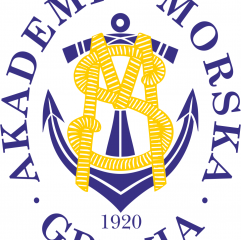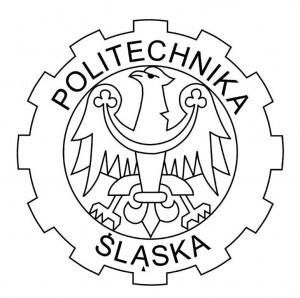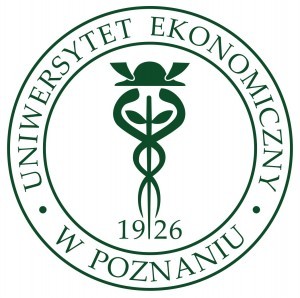Blueeconomy Zielonagospodarka
Research area:
Blue bioeconomy that is bio-economy based on the sustainable use of biological resources of water, their use as raw materials in manufacturing and other industries (eg. Power) to produce the most sophisticated products for human welfare.
Research groups:
BIOAQUA – including aquaculture and aquatic bioengineering.
AQUAQUALITY – covering issues of quality and identification of aquatic resources.
AQUACATCH – covering issues of aquatic sourcing of raw materials from the environment
AQUAFOOD – covering issues of production of aquatic food.
AQUAMATERIAL – covering issues of use of aquatic resources for the preparation of new materials, special purpose.
AQUAMEDIC – covering issues of use of aquatic resources in human and veterinary medicine.
AQUAMONI T – including issues of water quality and its potential impact on the quality of raw materials.
Examples of projects for the economy:
The use of carbon captured in the CCS coal-fired plants to produce biomass of aquatic and its continued use in the feed industry and food industry.
Development of technology for production of functional food based on raw materials of marine origin.
Water monitoring – with special emphasis on the Natura 2000 areas, offshore areas and areas intended for offshore technology.
The development of genetic identification system of food products from fisheries and aquaculture products entering the customs territory of the European Union.
Jacek Sadowski
Email: jsadowski@zut.edu.pl; tel. 914496660
Adress: K. Królewicza 4 71-550 Szczecin, Poland
(Polski) Publikacje
- Panicz R., Keszka S., Rybczyk A., Zawal A. 2016. Molecular study of crucian carp – an invasive species in the lakes of the Leszno Lakeland. Acta Biologica. 23: 00-00.
- Keszka S., Panicz R. 2016. Produkty rybołówstwa i akwakultury importowane do UE z Afryki. Trendy, gatunki, zagrożenia. Przemysł spożywczy. 70(12): 08-11. Abstrakt (PDF, 83 KB)
- Nguyen T.T., Kempter J., Panicz R. 2016. Presence of Herpesvirus anguillae (AngHV1) DNA in the native ichthyofauna of north-western Poland, EJPAU 19(4), #06. Artykuł
- Panicz R. 2016. Validation of reference genes for RT-qPCR analysis of growth hormone receptor and growth hormone expression in the tench (Tinca tinca) fed substituting poultry meal for fish meal. Aquaculture. 465: 179-188. DOI: 10.1016/j.aquaculture.2016.09.013 Artykuł
- Kempter J., Kiełpinski M., Panicz R., Keszka S. 2016. Microsatellite DNA-based genetic traceability of alfonsino (Beryx splendens Lowe, 1834) populations. Project CELFISH – Part 2. Acta Ichthyologica et Piscatoria. 46 (4): 287–291. DOI: 10.3750/AIP2016.46.4.02 Artykuł
- Keszka S., Panicz R. 2016. RASFF – analiza najczęstszych zagrożeń ze strony produktów rybołówstwa i akwakultury w latach 2014-2016. Przemysł spożywczy. 70(8): 8-11. DOI 10.15199/65.2016.8.2 Abstrakt (PDF, 77 KB)
- Panicz R., Keszka S. 2016. First occurrence of thinlip grey mullet, Liza ramada (risso, 1827) in the Odra River estuary (NW Poland) – genetic identification. Oceanologia. 58(3): 196-200. DOI: 10.1016/j.oceano.2016.02.001 Artykuł
- Nguyen T.T., Kempter J., Panicz R. 2016. Monitoring of herpesvirus anguillae (AngHV-1) infections in the European eel in north-west Poland. Veterinary Medicine – Science and Practice. 72(9): 564-566. DOI: 10.21521/mw.5560 Artykuł
- Skuza L., Keszka S., Panicz R., Śmietana P. 2016. Molecular characterization of the noble crayfish (Astacus astacus L.) population form Pomeranian lakes (north-western Poland) based on mitochondrial DNA. Knowledge and Management of Aquatic Ecosystems. 417, 13. DOI: 10.1051/kmae/2015046 Artykuł
Projekty:
- CERES „Climate change and European aquatic RESources w ramach programu Horyzont 2020 – współwykonawca projektu.




















